Dans le jargon du GIEC, le scénario noir du changement climatique porte un nom : RCP8.5. L’auteur a rencontré des dizaines de scientifiques et d’experts. Cartes à l’appui, son livre brosse le tableau de la France de 2050 dont l’épisode historique de sécheresse et de canicules de l’été dernier nous a donné un avant-goût. Sans parti-pris, il montre que c’est maintenant qu’il faut se préparer à l’impensable -voire au pire- et trouver, à notre échelle, des réponses au chaos climatique qui s’annonce.
Research and publish the best content.
Get Started for FREE
Sign up with Facebook Sign up with X
I don't have a Facebook or a X account
Already have an account: Login
Revue de presse et du net par le Pôle de partage des connaissances S&T de l'Office français de la biodiversité
Curated by
DocBiodiv
 Your new post is loading... Your new post is loading...
 Your new post is loading... Your new post is loading...
|
|




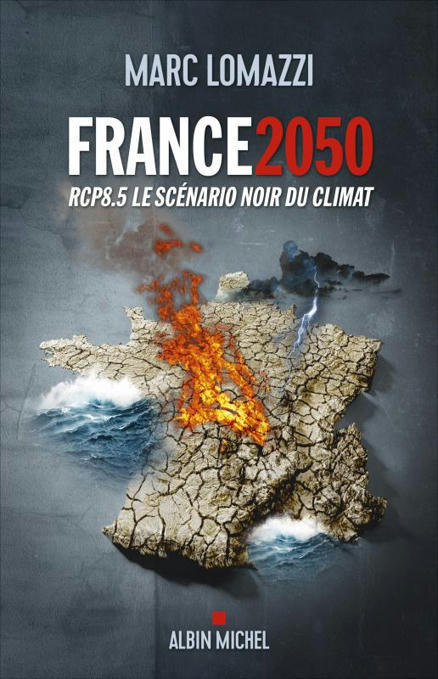

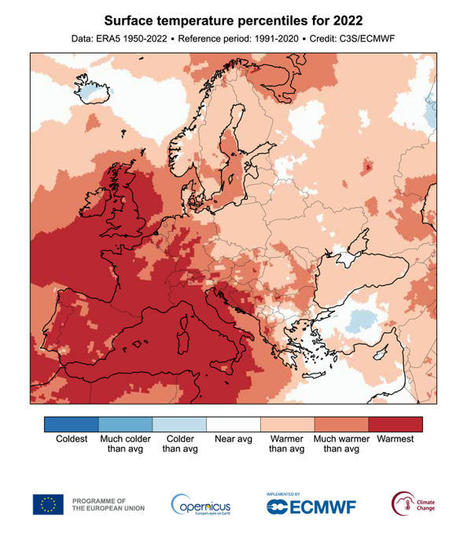
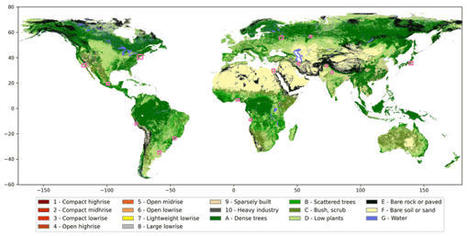


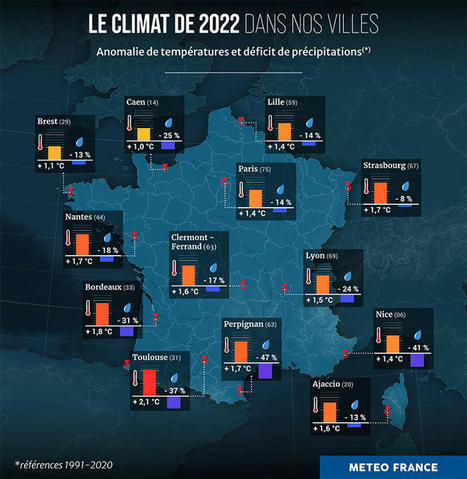
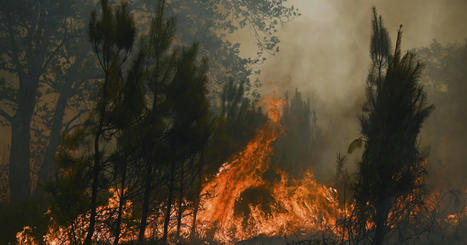
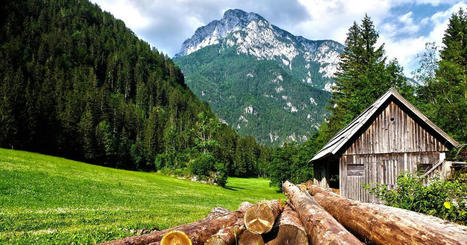
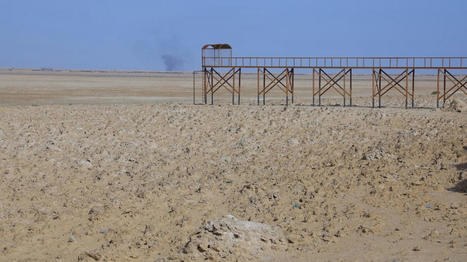
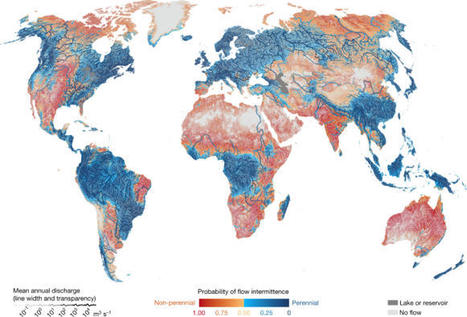





@MarcLomazzi était l"invité de C ds l'air https://www.france.tv/documentaires/environnement/4246096-la-bataille-du-climat.html
Lire dans Le Figaro Magazine : Si le climat se réchauffe trop… La France de 2055 en cartes